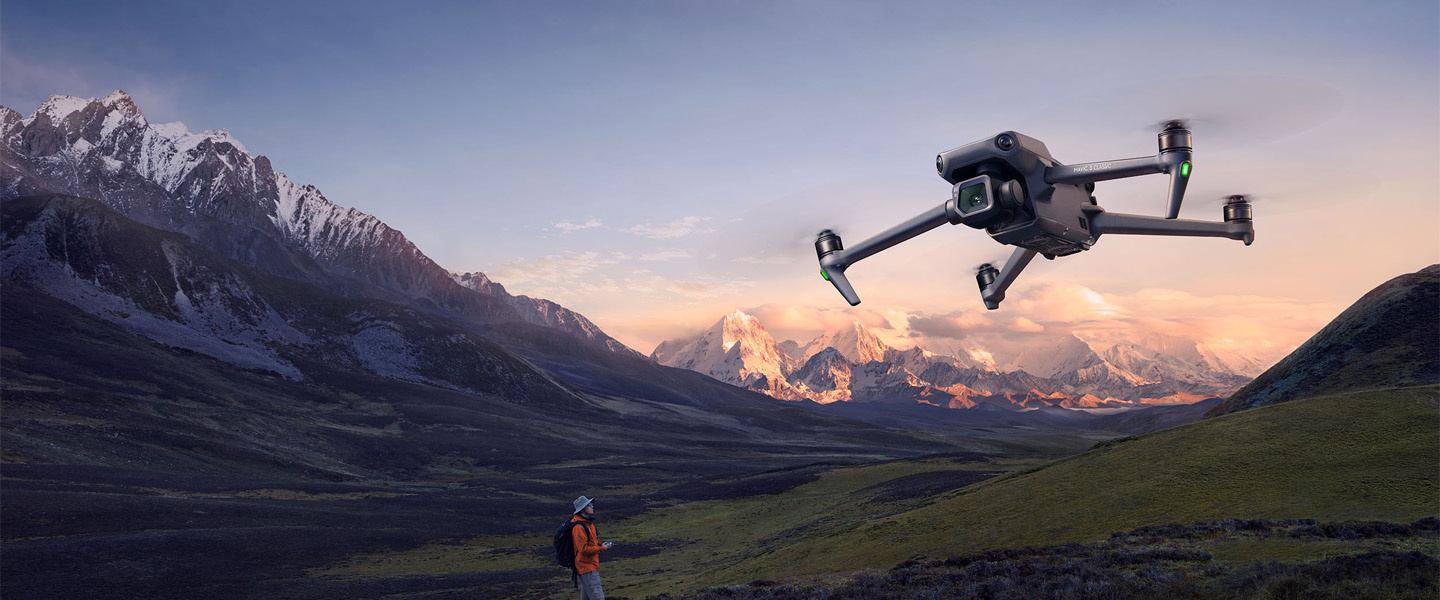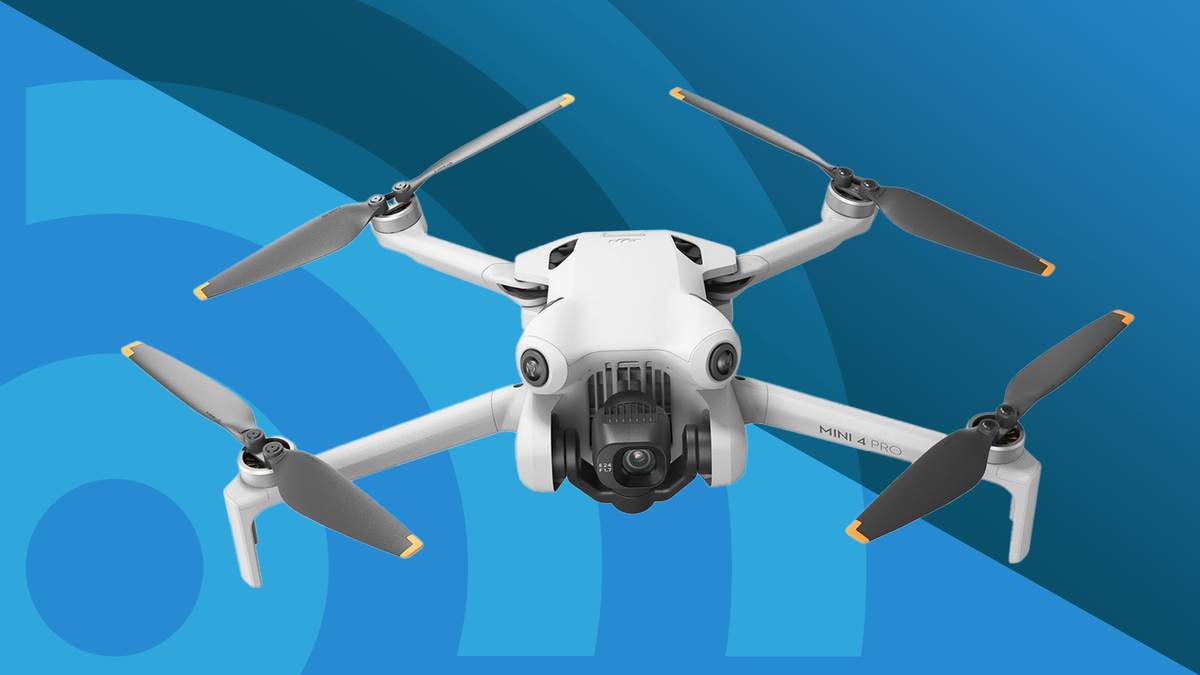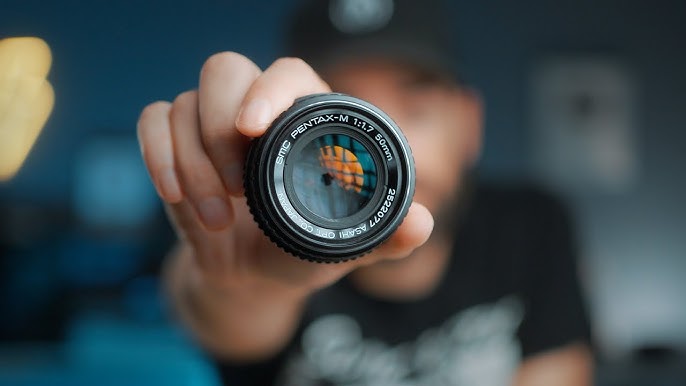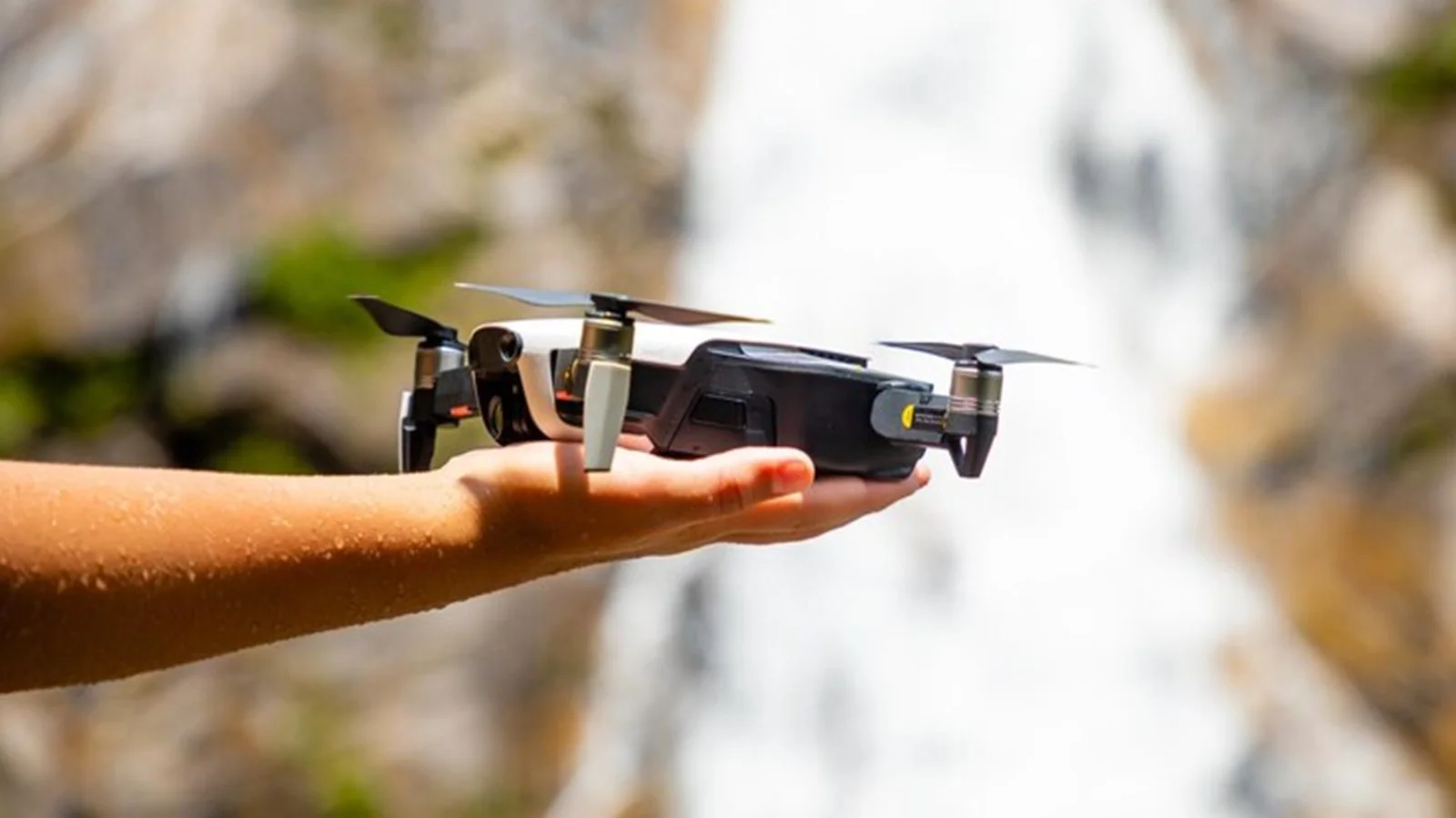The capabilities of drones have expanded far beyond daylight hours, making it possible to capture stunning aerial imagery even in low-light conditions.
Achieving exceptional low-light performance in drones involves a combination of technology, camera settings, and creative techniques.
In this article, we will explore the challenges of shooting in low-light situations and provide you with a comprehensive guide to elevate your nighttime drone photography and videography.
The Challenges of Low-Light Drone Photography
Low-light photography with drones presents unique challenges due to reduced available light. Key challenges include:
- Noise and Grain: Inadequate light can lead to increased noise and grain in images, resulting in a loss of image quality.
- Limited Visibility: Low-light conditions can reduce the visibility of obstacles and make navigation more challenging.
- Auto-Exposure Struggles: Drone cameras may struggle with automatic exposure settings, leading to underexposed or overexposed images.
Tips for Enhancing Low-Light Performance
- Choose the Right Drone: Some drones are specifically designed for low-light performance, featuring larger sensors and better low-light capabilities. Consider such models if nighttime shooting is a priority.
- Adjust ISO Settings: Increasing the ISO sensitivity allows the camera to capture more light. However, be cautious, as higher ISO settings can introduce noise. Experiment with different ISO levels to find the right balance between brightness and noise.
- Use a Fast Lens: Drones with fast lenses (lower f-number) allow more light to enter the sensor, improving low-light performance. Look for drones with wide-aperture lenses for better results in the dark.
- Image Stabilization: Employ drones with robust image stabilization systems to minimize vibrations and ensure sharp, clear images, especially when using slower shutter speeds in low light.
- Manual Exposure Control: Take control of your drone’s exposure settings, including shutter speed, aperture, and ISO, to fine-tune your low-light shots.
- Shoot in RAW: Capturing images in RAW format gives you more flexibility in post-processing to reduce noise and enhance details.
Creative Techniques for Low-Light Drone Photography
- Long Exposure Shots: Utilize long exposure techniques to capture light trails, starry skies, and smooth water surfaces. Use a tripod or specialized drone equipment to minimize movement during long exposures.
- Painting with Light: Create unique effects by illuminating subjects with a handheld light source during the exposure.
- HDR (High Dynamic Range): Combine multiple exposures at different brightness levels to create a single image with improved dynamic range, preserving details in both shadows and highlights.
- Silhouettes and Shadows: Embrace the dramatic effect of silhouettes and shadows in low-light conditions to tell a compelling visual story.
Safety Considerations
When conducting low-light drone photography, safety should always be a top priority:
- Ensure your drone is equipped with obstacle avoidance sensors and GPS for safe navigation in low-light conditions.
- Familiarize yourself with local regulations and obtain any necessary permits for nighttime flights.
- Fly in well-lit areas or use auxiliary lighting on your drone to enhance visibility.
Conclusion
Low-light performance in drones offers a realm of creative possibilities, enabling you to capture mesmerizing nighttime landscapes, cityscapes, and celestial wonders.
By mastering the art of low-light drone photography and adhering to safety guidelines, you can take your aerial imagery to new heights and showcase the world in a whole new light.









Leave a Reply